Market Trends
Key Emerging Trends in the Liquid Roofing Market
The Liquid Roofing Market is experiencing significant trends that are reshaping the industry landscape, encompassing factors such as technological advancements, increasing emphasis on sustainable building practices, and the growing demand for waterproofing solutions.
Growing Popularity of Cool Roof Systems:
A prominent trend in the Liquid Roofing Market is the growing popularity of cool roof systems. Liquid roofing materials with reflective properties are increasingly used to create cool roofs, reducing heat absorption and enhancing energy efficiency in buildings. This trend aligns with the rising focus on sustainable and energy-efficient construction practices. Technological Advancements in Liquid Roofing Formulations:
Technological advancements play a crucial role in shaping the liquid roofing market. Ongoing research and development efforts focus on improving the formulation of liquid roofing materials. Innovations include enhanced UV resistance, faster curing times, and the development of eco-friendly and low-VOC (volatile organic compounds) formulations. Surge in Waterproofing Applications:
The market is witnessing a surge in demand for liquid roofing materials for waterproofing applications. Liquid-applied roofing systems provide seamless and durable waterproofing solutions for various surfaces, including flat roofs, pitched roofs, and terraces. This trend is driven by the need for effective water protection in both new construction and roof refurbishment projects. Rising Adoption in Residential and Commercial Construction:
Liquid roofing materials are increasingly adopted in residential and commercial construction projects. The ease of application, versatility, and ability to conform to irregular roof shapes make liquid roofing solutions attractive for a wide range of structures. This trend is contributing to the market's growth across diverse construction segments. Focus on Sustainable and Eco-Friendly Solutions:
Sustainability is a key trend influencing the liquid roofing market. Manufacturers are prioritizing the development of sustainable and eco-friendly liquid roofing solutions. This includes the use of recycled materials, low-impact manufacturing processes, and the promotion of roofing systems that contribute to energy efficiency and environmental conservation. Global Market Expansion:
The liquid roofing market is expanding globally, driven by increased construction activities and the need for reliable waterproofing solutions. The Asia-Pacific region, in particular, is witnessing substantial market growth due to rapid urbanization and infrastructure development. This global expansion presents opportunities for market players to tap into diverse regional markets. Application in Green Roof Systems:
Liquid roofing materials are finding applications in green roof systems. The ability of liquid-applied membranes to create a seamless and waterproof barrier makes them suitable for green roofs, where water retention and protection are crucial. This trend aligns with the growing interest in sustainable and environmentally friendly building practices. Challenges in UV Stability and Longevity:
The market faces challenges related to UV stability and the longevity of liquid roofing systems. Exposure to UV radiation can affect the performance of roofing materials over time. Manufacturers are addressing these challenges through the development of UV-resistant formulations and advanced coating technologies to ensure the durability of liquid roofing systems. Increasing Preference for Silicone-Based Liquid Roofing:
Silicone-based liquid roofing materials are gaining preference in the market. Silicone coatings offer excellent UV resistance, durability, and weatherability. These characteristics make silicone-based liquid roofing solutions suitable for a wide range of climatic conditions, contributing to their increasing adoption in the roofing industry. Compliance with Building Codes and Regulations:
Stringent building codes and regulations are influencing the liquid roofing market. Compliance with safety and performance standards is essential for liquid roofing materials to gain approval in construction projects. Manufacturers are focusing on ensuring that their products meet or exceed regulatory requirements to enhance market acceptance.

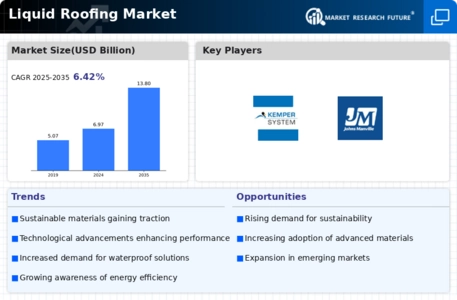

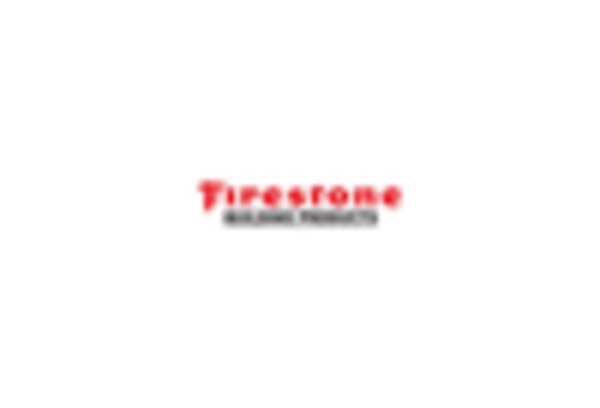
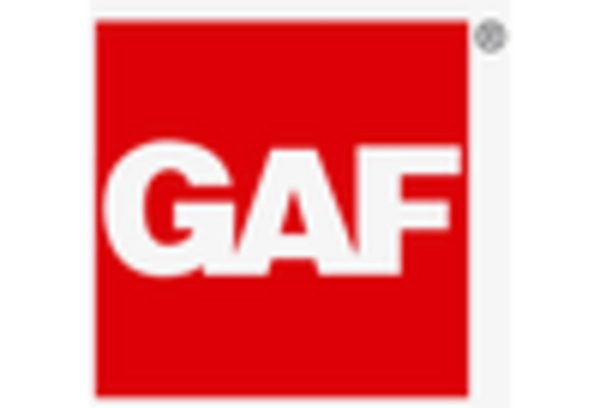
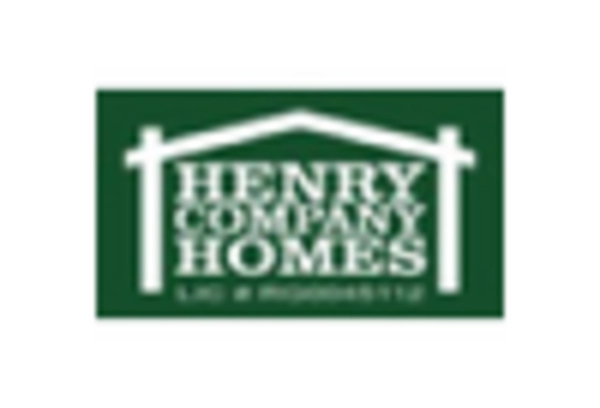
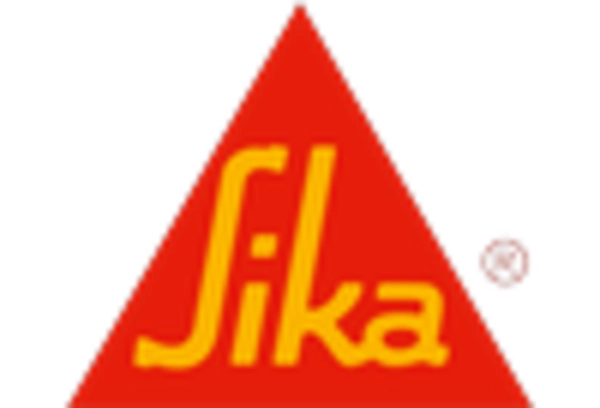
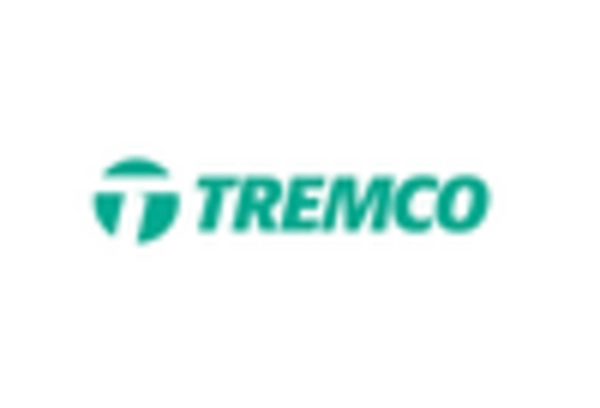









Leave a Comment